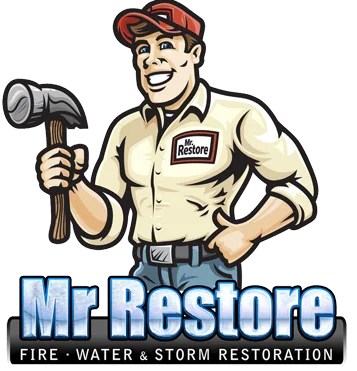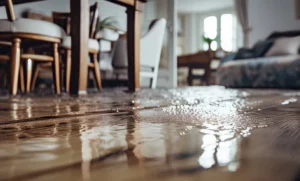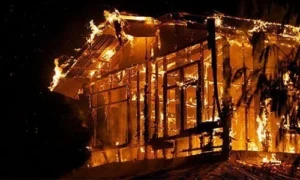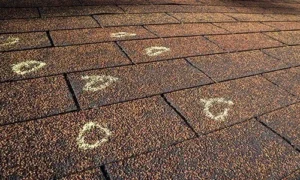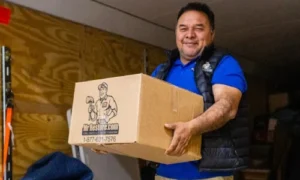Sewage backups are a nightmarish experience for any homeowner. The mess, the odor, and the health concerns can be overwhelming. While most people understand the importance of sewage cleanup, many questions remain unanswered, particularly regarding the specifics of the process and its implications. This blog dives into 15 uncommon FAQs to empower you with knowledge and address the lesser-known aspects of sewage cleanup.
1. Sewage Cleanup vs. Septic Tank Backup Cleanup: What’s the Difference?
Both involve wastewater, but there’s a key distinction. Sewage cleanup deals with backups originating from the municipal sewer lines that connect your home to the city’s wastewater treatment system. Conversely, septic tank backup cleanup addresses issues specific to on-site wastewater systems where a septic tank stores and treats wastewater before disposal through a drainage field.
2. Is Bleach King in the Sewage Cleanup Ring?
Bleach is a common household disinfectant, but it’s not the ultimate weapon against sewage. While it may inactivate some bacteria, bleach is ineffective against viruses commonly found in sewage. Additionally, it can create harmful fumes when mixed with ammonia, a component of sewage. Professional sewage cleanup relies on specialized disinfectants and techniques to ensure a safe and thorough decontamination.
3. Fresh Air or Fumes? The Ventilation Dilemma During Sewage Cleanup
The instinct might be to throw open windows for ventilation during a sewage cleanup. However, this can spread airborne contaminants further. Professional restoration companies utilize controlled ventilation techniques, often involving negative air pressure machines, to safely remove contaminated air from the affected area.
4. Can My Beloved Carpet Be Saved from Sewage?
The fate of your carpet depends on several factors, including the material, the severity of the backup, and the speed of the cleanup. Sewage cleanup professionals can assess the salvageability of your carpet. For salvageable carpets, they employ specialized cleaning methods like hot water extraction and enzyme treatments to remove sewage contaminants and restore the carpet.
5. Sewage in the Walls – Should I Panic?
Sewage seeping into walls is a serious concern. Not only does it pose a significant health risk due to potential bacterial and mold growth, but it can also lead to structural damage. Professionals use specialized tools like moisture meters and wall cavity drying techniques to locate and remove sewage from walls, preventing further problems.
6. How Long Does the Sewage Cleanup Ordeal Last?
There’s no one-size-fits-all answer. The sewage cleanup timeframe depends on the extent of the backup, the size of the affected area, and the materials involved. Professionals assess the situation and provide an estimated timeframe for the cleanup process.
7. DIY Sewage Cleanup in a Hazmat Suit? Think Again!
While the image of tackling sewage cleanup in a hazmat suit might seem empowering, it’s not recommended. Sewage contains harmful bacteria, viruses, and parasites. Professional sewage cleanup technicians wear full personal protective equipment (PPE) like gloves, respirators, and boots to prevent exposure to these pathogens.
8. Can a Sewage Encounter Make Me Sick?
Absolutely. Sewage harbors a multitude of harmful organisms that can cause serious illness if ingested, inhaled, or absorbed through the skin. Leaving sewage cleanup to trained professionals ensures safe handling of biohazards and minimizes health risks.
9. Does Sewage Cleanup Mean Goodbye to My Drywall?
The extent of drywall damage depends on the severity of the sewage backup. In some cases, affected drywall may need complete removal to ensure proper cleaning and prevent mold growth. Professionals will assess the situation and recommend the most appropriate course of action.
10. Where Does the Sewage Waste Go After the Cleanup?
Professionals prioritize the safe disposal of sewage waste according to local regulations. This typically involves transporting the waste to a licensed waste treatment facility for proper processing and disposal.
